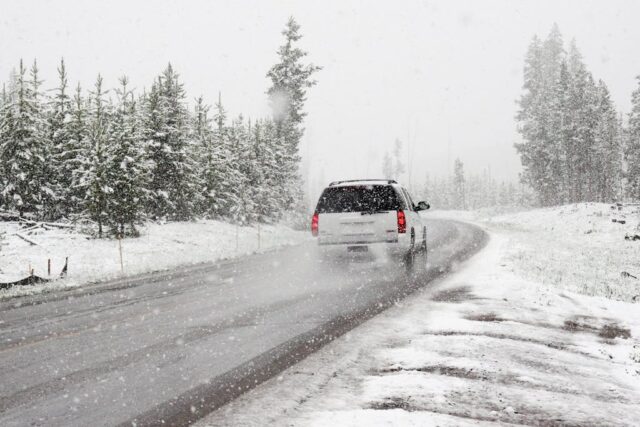Weather conditions can have a significant impact on auto insurance claims. Different types of weather, such as storms, snow, or heavy rainfall, can increase the likelihood of accidents and damage to vehicles. Understanding how weather influences insurance claims can help drivers take the necessary precautions and ensure they have the right coverage. Here’s how various weather conditions can affect auto insurance.
Increased Risk of Accidents in Poor Weather
Rain, snow, ice, fog, and strong winds all create hazardous driving conditions. These conditions can make it harder to see the road, maintain control of the vehicle, and stop safely. As a result, accidents become more likely. During these conditions, the frequency of insurance claims for accidents generally increases. Insurance companies may see a higher number of claims for collisions, even if the accident is due to factors like slippery roads or reduced visibility caused by the weather.
Damage from Storms and Natural Disasters
Severe weather events, such as hurricanes, tornadoes, or hailstorms, can cause significant damage to vehicles. High winds, fallen trees, flying debris, and large hailstones can all damage a car, sometimes beyond repair. When these types of storms occur, drivers are more likely to file comprehensive claims to cover damage not caused by accidents. For example, hailstorms can result in widespread claims for windshield damage and dents to the body of the car.
Flooding and Water Damage
Heavy rainfall and flooding can lead to substantial water damage to vehicles. Cars caught in floods may experience engine damage, electrical issues, or damage to the interior. Flooding is one of the most expensive types of weather-related damage, and insurance claims related to it often result in high payouts. Comprehensive coverage usually covers flood damage, but it’s important to check the specific terms of your policy to ensure that you’re fully covered in such situations.
Impact on Insurance Premiums
Weather-related damage can also have an impact on your auto insurance premiums. After a large number of claims are filed due to severe weather events, insurance companies may raise premiums for all drivers in a region affected by the event. This is especially true for areas prone to frequent storms or natural disasters. In some cases, insurers may refuse to cover certain types of weather-related damage if the risks are too high in a particular area.
Claims for Vehicle Theft During Storms
Severe weather can also increase the risk of vehicle theft, especially during events like hurricanes or heavy snowstorms. In the chaos of a major storm, vehicles may be left in unsafe locations, making them more vulnerable to theft or vandalism. In these cases, drivers may file theft-related claims under their comprehensive coverage.
Seasonal Changes and Coverage Needs
As the seasons change, so do the weather-related risks. For instance, during winter, icy conditions can lead to more accidents and vehicle damage. Drivers may need to adjust their coverage to ensure they have sufficient protection during colder months. Some people may opt for additional coverage, like roadside assistance or rental car coverage, to be prepared for emergencies caused by poor weather.
Preventing Weather-Related Claims
While weather conditions can’t be controlled, there are steps drivers can take to reduce the risk of weather-related accidents or damage. Proper vehicle maintenance, including ensuring tires are in good condition and that the brakes are working well, can help improve safety during rainy or snowy conditions. Additionally, drivers should always stay informed about weather forecasts and avoid driving in extreme conditions whenever possible.
In conclusion, weather conditions play a significant role in auto insurance claims. Whether it’s an accident caused by slippery roads, damage from a storm, or flooding, weather-related issues can result in higher claim rates and, in some cases, higher premiums. By understanding these risks and taking the necessary precautions, drivers can better protect themselves and their vehicles during challenging weather conditions.









